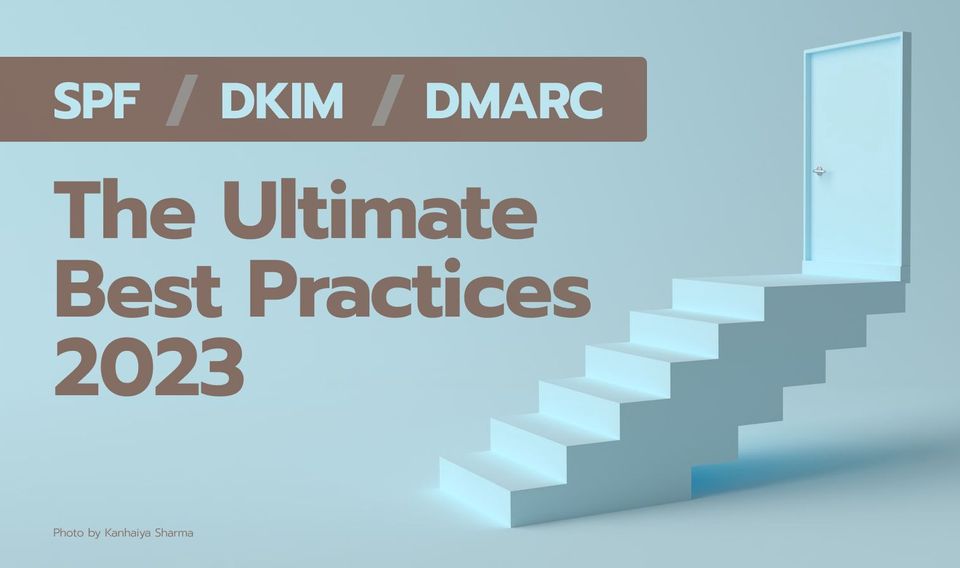The Ultimate SPF / DKIM / DMARC Best Practices 2023

URIPorts: https://www.URIPorts.com
Curated: https://www.MailEdge.net
Reduce spoofing and phishing, build and maintain a solid reputation, and increase email deliverability with SPF, DKIM, and DMARC.
Freddie Leeman
The internet is evolving, and so are email security best practices. Unfortunately, these recommendations can contradict each other over time due to outdated information and superseded security standards. That's why we've created the ultimate best practice guide for SPF, DKIM, and DMARC. We've included explanations and links to the official documentation and are dedicated to keeping this guide up-to-date and following the recommendations from the M3AAWG and cyber security specialists worldwide.
💡
These best practices are for active domains. Follow the "M3AAWG Protecting Parked Domains Best Common Practices" guidelines for domains that do not send emails (parked domains).
SPF
- Publish SPF records for EHLO [1] and
RFC5321.MailFrom[2] domains - SPF records should end with
~all[3] - SPF record should not exceed the 10 DNS lookup limit [4]
- SPF records should not authorize more sources than necessary [5]
RFC5321.MailFromdomain should align withRFC5322.Fromdomain where possible
- At the start of SMTP transmission, the sending server identifies itself by sending the
EHLOcommand followed by its domain name. This domain name can differ from theRFC5321.MailFromdomain name. TheEHLOdomain is only used for SPF validation when theRFC5321.MailFromaddress is unavailable. ↩︎ - After identification, the sending server communicates the
RFC5321.MailFromaddress by sending the commandMAIL FROM. If an email cannot be delivered, this address is used for the non-delivery report. The domain of this address is used to retrieve the SPF policy. ↩︎ - The use of
~all(softfail) instead of-all(fail) is best practice, as the latter can cause receiving servers to block the message at SMTP transmission instead of evaluating possible DKIM signatures and DMARC policies. For more details onfailandsoftfail, please read chapter 8.4 of the SPF RFC and chapter 10.1 of the DMARC RFC. A softfail will still cause DMARC to fail without a valid and aligned DKIM signature. ↩︎ - Administrators can implement SPF macros to avoid exceeding the 10 DNS lookup limit mentioned in chapter 4.6.4 of the SPF RFC. We'll dedicate a separate blog on how to implement SPF macros soon. ↩︎
- Avoid using CIDR notation to allowlist large network blocks, and use a DMARC monitoring service to monitor and detect unutilized sources. ↩︎
Read More on URIPorts.com
